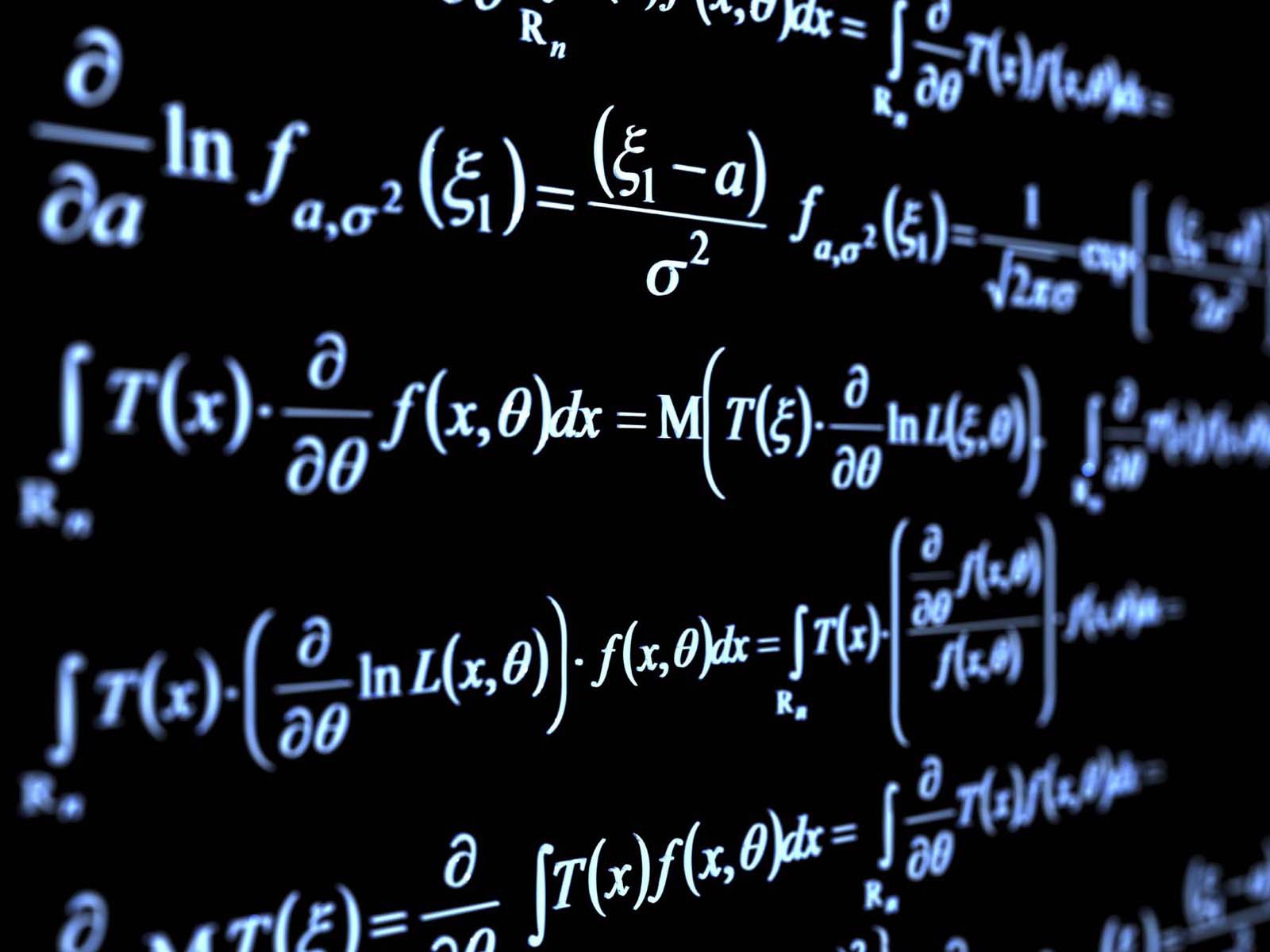Nuclear physics, the field dedicated to understanding the fundamental components and interactions within atomic nuclei, is an intricate amalgamation of theoretical and experimental science. At the heart of this domain lies an extensive mathematical framework which not only elucidates the behavior of nuclei but also addresses profound questions about the universe itself. This exploration into mathematics offers insights into the captivating world of nuclear interactions, radiation, and more. Below, we delve into the essential mathematical principles that form the backbone of nuclear physics.
1. Calculus: The Cornerstone of Change
Calculus is perhaps the most fundamental mathematical discipline required for nuclear physics. It encompasses both differential and integral calculus, which are essential for modeling dynamic phenomena. In the realm of nuclear interactions, the rates of decay of radioactive isotopes are often described using differential equations. The famous Bateman equation, for instance, is employed to predict the number of undecayed nuclei over time based on decay constants.
Furthermore, integral calculus is indispensable in calculating quantities such as the total energy emitted during nuclear reactions. The integral of a continuous function often allows physicists to derive crucial insights into the probabilities of various interaction processes, enhancing our grasp of decay modes and reaction pathways.
2. Linear Algebra: Understanding State Spaces
Linear algebra plays a pivotal role in the manipulation and interpretation of quantum states in nuclear physics. The concept of state vectors and operators, rooted in linear algebra, underpins the quantum mechanical description of particles. The use of Hilbert spaces, which are complete vector spaces, provides the framework for discussing quantum states and observables.
Matrix mechanics, an alternative formulation of quantum mechanics pioneered by Werner Heisenberg, directly relies on linear algebra to express the state transformations of nuclear systems. Eigenvalues and eigenvectors serve as powerful tools in determining the possible states of a nucleus, reflecting the discrete energy levels that govern nuclear stability and decay.
3. Probability and Statistics: Navigating Uncertainty
In nuclear physics, the inherent uncertainties and probabilistic nature of quantum events necessitate a strong foundation in probability and statistics. The statistical interpretation of quantum mechanics posits that the location and momentum of a particle can only be described in terms of probabilities. The Born rule, which relates the wave function to the probability density, is crucial in understanding nuclear interactions.
Moreover, statistical mechanics provides insights into the thermodynamic behavior of nuclear systems, particularly in contexts such as nuclear fission and fusion. The application of statistical distributions, such as the Poisson and binomial distributions, is key when analyzing decay processes, where the random nature of decay events is a defining characteristic.
4. Differential Equations: Formalizing Physical Laws
Differential equations are omnipresent in the description of physical phenomena, and nuclear physics is no exception. The Schrödinger equation, a cornerstone of quantum mechanics, governs the time evolution of quantum systems, including those found within atomic nuclei. Solutions to this equation facilitate the understanding of particle interactions and the resultant energy levels.
Beyond quantum mechanics, the equations of motion derived from Newtonian frameworks often need modifications to account for relativistic effects—this is where Lorentz transformations and additional differential equations come into play. These formulations ultimately enable the characterization of nuclear force interactions at high energies.
5. Group Theory: Symmetries and Conservation
The beauty of nuclear physics often lies in its symmetries, and group theory provides the mathematical language to describe these symmetries. The role of symmetry in physics cannot be overstated, as it leads to conservation laws such as the conservation of angular momentum, charge, and parity. These conservation laws are essential in predicting the outcomes of nuclear reactions and decays.
Symmetry transformations, such as rotational and translational symmetries, are analyzed using groups, which are mathematical structures capturing the essence of symmetry. In certain instances, group theory aids in classifying nuclear particles, contributing to the development of the Standard Model of particle physics.
6. Complex Analysis: Unraveling Nuclear Scattering
Complex analysis, while a less common area in the study of nuclear physics, contributes significantly to the understanding of scattering processes. The use of complex numbers simplifies calculations involving wave functions, enabling physicists to work with oscillatory behaviors prevalent in quantum mechanics.
Furthermore, the analytic continuation of functions and the residue theorem often prove useful in evaluating integrals that appear in scattering theory. These mathematical techniques enable researchers to extract meaningful physical predictions from sophisticated quantum models.
7. Numerical Methods: Bridging Theory and Experiment
In modern research, numerical methods and computational techniques have become indispensable for tackling complex problems in nuclear physics that elude analytical solutions. Numerical integration, Monte Carlo simulations, and finite element methods allow physicists to simulate and predict the outcomes of nuclear reactions with remarkable accuracy.
These computational tools handle the intricacies of multi-body interactions and complex potential landscapes, facilitating the exploration of phenomena such as nuclear reactions under extreme conditions, which are often encountered in astrophysical environments or high-energy physics experiments.
Understanding the mathematical underpinnings of nuclear physics not only enriches one’s perspective on the discipline but also unveils the profound intricacies that govern the universe at its most fundamental level. The interplay between mathematics and physics is a testament to the beauty and complexity of nature, providing a framework through which the mysteries of atomic nuclei can be appreciated and explored. As research evolves, the integration of more sophisticated mathematical tools continues to pave the way for new discoveries and deeper insights into the very fabric of matter.












